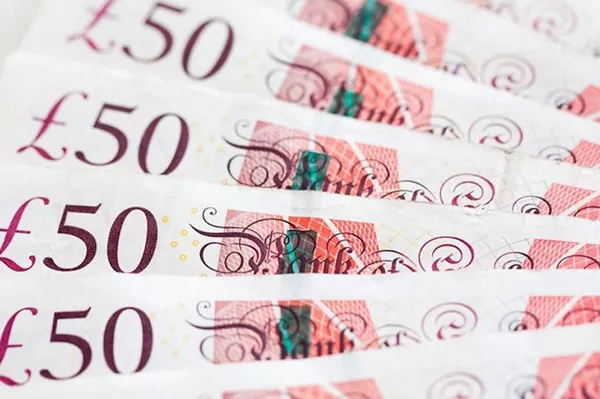In the realm of currency, the one-pound coin stands out as a symbol of stability and trustworthiness. However, with the age-old allure of gold, many individuals find themselves wondering whether the gold on a one-pound coin is, in fact, real. In this article, we embark on a journey to unveil the truth behind the composition of one-pound coins, exploring the historical context, the materials used, and dispelling common misconceptions.
The Evolution of the One Pound Coin
Before delving into the composition of the one-pound coin, it is essential to understand its historical evolution. Introduced in 1983, the one-pound coin has undergone several design changes over the years. From the familiar round shape, it transitioned to a 12-sided bimetallic design in 2017, a move aimed at enhancing security features and preventing counterfeiting.
Historically, the one-pound coin did indeed contain a small percentage of gold. However, with changing economic dynamics and practical considerations, the composition has evolved. In 1997, the Royal Mint made a pivotal decision to abandon the use of precious metals like gold in the one-pound coin, shifting to more cost-effective and durable materials.
The Current Composition
As of the most recent design change in 2017, the one-pound coin is made of two different metals: an outer ring composed of nickel-brass and an inner core made of nickel-plated alloy. This bimetallic structure not only enhances the coin’s durability but also incorporates sophisticated security features, such as a holographic image that changes from a ‘£’ symbol to the number ‘1’ when the coin is tilted.
The exclusion of gold from the modern one-pound coin is rooted in practical considerations. Gold, while historically significant and aesthetically pleasing, is a soft and malleable metal. Coins made from pure gold would be susceptible to wear and tear, diminishing their longevity in circulation. By opting for a combination of nickel-brass and nickel-plated alloy, the Royal Mint ensures that the one-pound coin remains resilient and suitable for everyday use.
Dispelling Common Myths
Despite the clear information about the composition of the one-pound coin, myths and misconceptions persist. One prevalent belief is that the gold in older one-pound coins holds intrinsic value beyond its face value. It is crucial to emphasize that the current one-pound coins do not contain gold, and any gold content in older versions is minimal.
Some individuals mistakenly believe that scratching or melting the one-pound coin will reveal hidden gold. This notion is not only false but also illegal. Tampering with currency is a criminal offense, and attempting to extract gold from a one-pound coin can lead to legal consequences.
Gold’s Historical Presence in Currency
While the one-pound coin no longer contains gold, it is worth acknowledging the historical significance of gold in currency. Throughout centuries, gold coins served as a universal medium of exchange, a store of value, and a symbol of wealth. However, the practical limitations of gold, including its softness and susceptibility to wear, led to the adoption of alternative materials in modern coinage.
Gold, in its pure form, is also considerably more expensive than base metals, making it impractical for everyday transactions. The transition to bimetallic compositions, such as the nickel-brass and nickel-plated alloy in the current one-pound coin, reflects a pragmatic approach to meet the demands of a modern economy.
See Also What Happened To GBP/USD
Conclusion
In conclusion, the gold on a one-pound coin is not real in the modern context. The current one-pound coin, introduced in 2017, features a bimetallic composition of nickel-brass and nickel-plated alloy, devoid of any precious metals. The decision to move away from gold in the one-pound coin aligns with practical considerations, ensuring durability, longevity, and enhanced security features.
While gold has a rich historical presence in currency, its exclusion from the one-pound coin highlights the dynamic nature of monetary systems. It is essential for individuals to be informed about the composition of their currency, dispelling myths that may lead to misunderstandings or illegal activities. As we embrace the future of currency, the one-pound coin serves as a tangible reminder of the delicate balance between tradition and progress in the world of finance.


